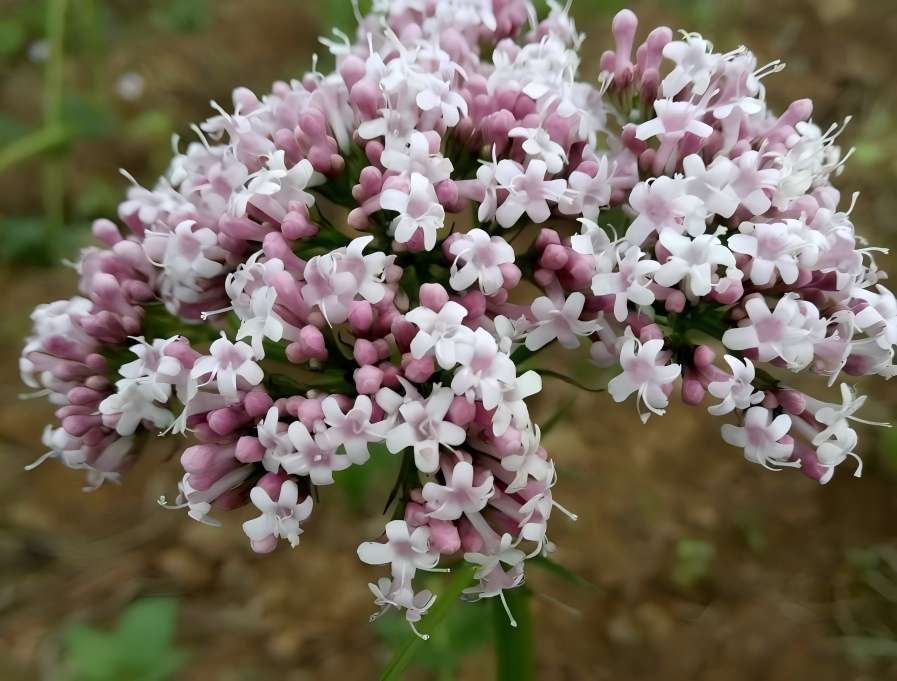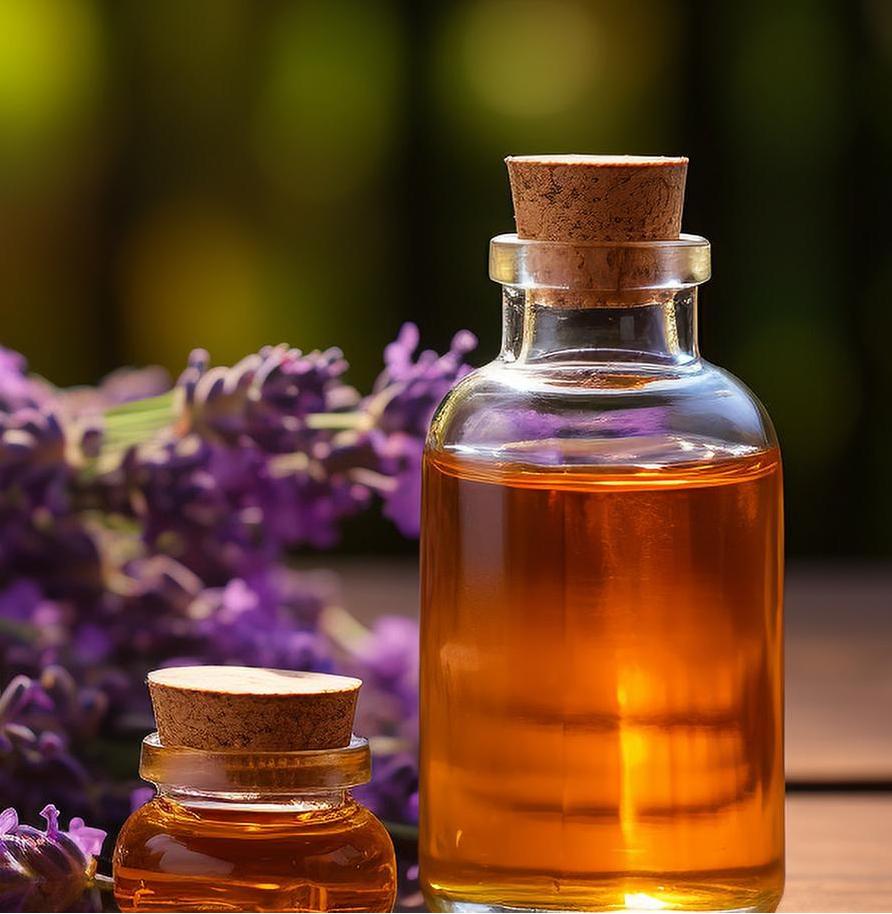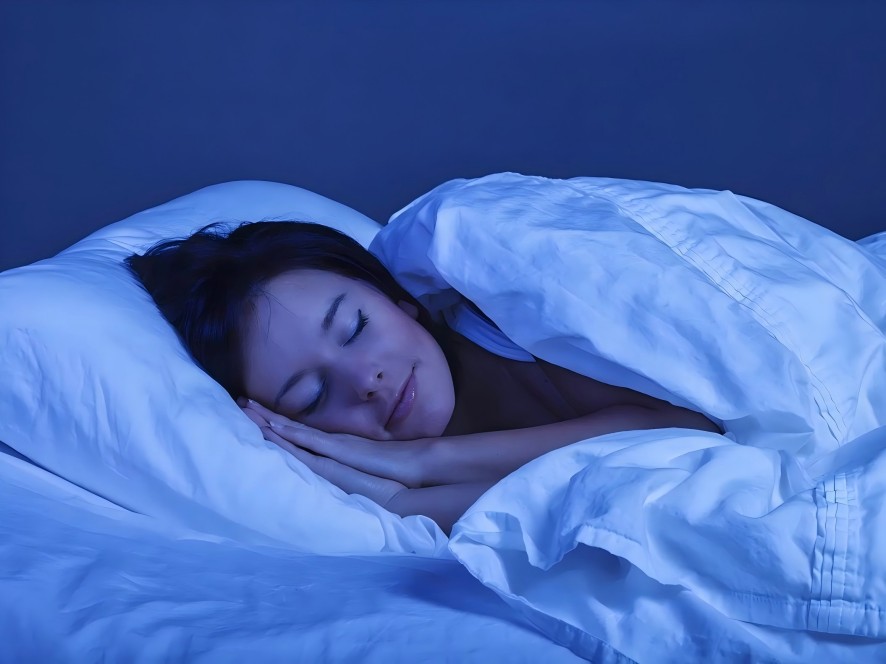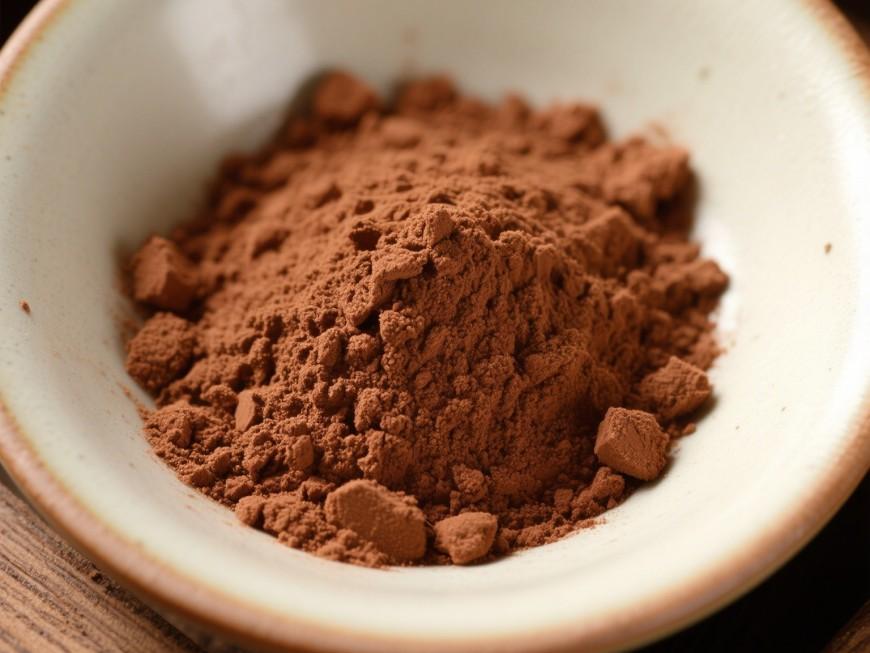Valerian Extract Ingredient Offers a Natural Solution for Mood Health Products
Valerian (Valeriana officinalis L.), a perennial herb with a long history of use, contains over 150 active compounds in its roots and rhizomes, earning it the reputation as a “natural expert in emotional soothing.” In recent years, driven by the rapid growth in demand for emotional wellness and sleep management, valerian extract has emerged as a highly sought-after functional ingredient in the health product sector due to its exceptional calming and sleep-promoting properties.
Green Spring Technology leverages sustainable botanical resources and modern extraction techniques to provide clients with high-standard, high-potency valerian extract ingredients. We empower brands to develop safe, natural, and effective emotional wellness solutions, meeting consumers' growing demand for mind-body balance and quality sleep.

1 Valerian Extract: Empowering Emotional Wellness Product Innovation with Scientifically Validated Active Ingredients
Green Spring Technology selects premium valerian raw materials and employs standardized extraction processes to deliver highly active, stable valerian extracts. This provides a scientifically reliable natural solution for developing emotional wellness and daily relaxation products.
Core Components of Green Spring Technology's Valerian Extract Raw Materials:
· Cyclic Ethers (e.g., Valerenic Triglycerides): As one of the key components responsible for valerian's calming effects, Green Spring employs precise temperature-controlled extraction technology to maximize preservation of its activity, promoting relaxation and emotional balance.
· Volatile oils (e.g., valerenic acid, valerenone): Utilizing low-temperature extraction processes, these effectively retain volatile active compounds, enhancing the soothing efficacy of products.
· Flavonoids and Multi-Component Synergy: Preserving the full spectrum of active compounds—including flavonoids and alkaloids—from the entire Valeriana plant. Through multi-target mechanisms, it provides comprehensive support for emotional wellness products.
Green Spring Technology's Quality Assurance and Technical Advantages:
· Standardized Production: Implementing control from cultivation origins to ensure stable core active ingredient content and high batch consistency.
· Process Innovation: Utilizes patented extraction technology (specific process names may be added as appropriate) to significantly enhance valerenic acid and valerenic acid ester yields.
· Comprehensive Quality Control: Each batch provides a complete Certificate of Analysis (COA), ensuring safety and efficacy meet international standards.

2 Valerian Extract: Natural Soothing Ingredients Delivering Core Solutions for Emotional Wellness Products
Green Spring Technology leverages modern extraction techniques to provide high-potency valerian extract raw materials. Its calming and sleep-supporting effects are backed by multiple studies, offering scientific validation and ingredient assurance for emotional wellness product development.
Core Efficacy Research Support:
· Promotes Relaxation and Sleep Support: Multiple experimental studies indicate valerian extract helps reduce spontaneous activity, supports extended rest periods, and improves sleep quality. Its core active compounds (such as valerenic acid and valerenic acid esters) synergistically act through multiple pathways to promote physical and mental relaxation.
· Emotional Calming Effects: Double-blind clinical trials and animal behavioral studies indicate that valerian extract can help reduce feelings of anxiety and promote emotional stability, making it suitable for developing daily stress management health products.
Key Features:
· Multi-component synergy: Valerenic acid, valerenic acid ester, flavonoids, and other compounds work together to regulate multiple targets, helping maintain emotional balance and the sleep-wake cycle.
· Gentle and reassuring: Derived from natural plants, valerian extract is internationally recognized for its mild properties, making it suitable for modern consumers seeking plant-based health solutions.
Application Advantages of Green Spring Technology's Valerian Extract:
· Standardized Active Components: Precise extraction ensures stable levels of core compounds like valerenic acid and valerenic triglycerides, guaranteeing consistent product efficacy.
· Comprehensive Research Support: Provides in vitro and in vivo study data to scientifically substantiate product development and marketing communications.
· Versatile Formulation Compatibility: Suitable for developing softgels, tablets, solid beverages, tea bags, and other formats to meet diverse product requirements
Green Spring Technology's Valerian Extract delivers a natural, safe, and effective ingredient solution for emotional wellness product development, helping brands establish differentiated advantages in the rapidly growing health consumer market.
3 Valerian Extract: The Natural Key to the Emotional Wellness Market, Empowering Product Innovation with Green Spring Technology
Amidst health consumption upgrades and the rapid expansion of the emotional wellness market, valerian extract—with its long history of use and proven calming and sleep-enhancing effects—is emerging as an ideal choice for brands developing natural health products. The domestic market for related products remains largely untapped, presenting significant future growth potential.
Leveraging advanced extraction technology and rigorous quality management systems, Green Spring Technology delivers premium valerian extract solutions:
Core Product Advantages:
· High Active Content: Utilizes patented extraction processes to ensure high levels and stability of core active compounds like valerenic acid and valerenic acid esters
· Versatile Applications: Suitable for sleep-aid sachets, calming essential oils, functional foods, dietary supplements, and more
· Safety & Reliability: Comprehensive quality control throughout production, complete testing reports guarantee product safety and consistent efficacy
· Customized solutions: Tailored product specifications and active ingredient concentrations based on client requirements

Market Application Prospects: Green Spring Technology's valerian extracts are widely applicable in:
· Sleep-aid products: Natural sleep sachets, sleep sprays, calming essential oils, etc.
· Functional foods: Sleep-enhancing solid beverages, relaxation tea bags, health gummies, etc.
· Dietary supplements: Sleep-enhancing tablets, mood-soothing capsules, etc.
Contact us today for complimentary Valerian extract samples and technical documentation at helen@greenspringbio.com or WhatsApp: +86 13649243917! Our expert team provides personalized technical support to accelerate the development of market-competitive emotional wellness products. Let's collaborate to create natural health solutions that meet modern consumers' needs for emotional management and sleep improvement.
References:
[1] Wang Rujing, Huang Qing, Yong Yan, et al. A review of the chemical constituents and biological activities of Valeriana plants [J]. Chinese Journal of Traditional Medicine, 2016 (8): 1405-1414.
[2] Wu Yun, Zhou Chenghe. Major diseases of Valeriana and integrated control [J]. Plant Medicine, 2006, 19(2): 21-22.
[3] Yang Jie. Study on the extraction process, chemical composition analysis, and functional activities of Valeriana essential oil [D]. Changsha: Central South University of Forestry and Technology, 2009: 8-14.
[4] Zhu Zhongde. Scientific Folk Medicinal Herbs [M]. Shanghai: Knowledge Publishing House, 1951: 57.
[5] Shaanxi Provincial Revolutionary Committee Health Bureau, Commerce Bureau. Shaanxi Chinese Herbal Medicines [M]. Beijing: Science Press, 1971: 604–606.
[6] Wei Guimin, Li Dewen, Wang Shaoming, et al. Research Progress on Valerian [J]. Agricultural Technology Services, 2016, 33(12): 18–19.
[7] Du Juan, Liu Juan, Wang Lihong, et al. Analysis of Volatile Oil Components and Sedative Effects of Hairy Valerian [J]. Heilongjiang Journal of Medical Sciences, 2013, 36(5): 1–4.
[8] Ding Fei. Study on the Sedative and Anxiolytic Active Compounds and Quality Standards of Valerian [D]. Wuhan: Hubei University of Traditional Chinese Medicine, 2012: 1–7.
-
Prev
Valerian Extract: Empowering Formulations for Emotional Wellness and Sleep Support
-
Next
Natural Valerian Extract Ingredient: Empowering Sleep Health Formulation Upgrades with Science


 English
English French
French Spanish
Spanish Russian
Russian Korean
Korean Japanese
Japanese




